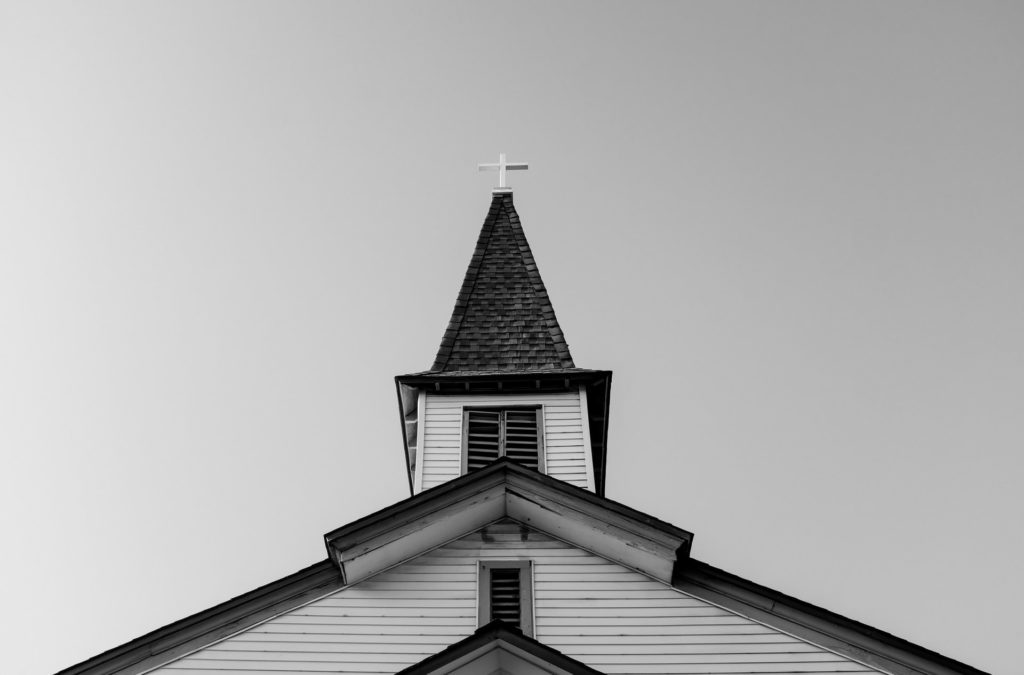I have long argued that there is a connection between the Landmark Movement of the 1800’s and the the Independent Fundamental Baptist Movement of the 1900’s. Generally this is met with resistance, I think mainly because of ignorance of the subject or as an attempt to distance from some of Landmarkism’s positions. However, the more I have considered the idea, the more convinced I am that there is some link between the two.
The histories of both are so strikingly similar that a connection seems so evident yet few official ties have existed to my knowledge. Both created new separatist Baptists movements with emphases on foundational positions. Both impacted the larger Baptist world through their staunch defense of their beliefs.

History of Landmarkism
Landmarkism began as a movement in the mid-1800’s mainly in the Southern Baptist Convention. It’s chief spokesman was J.R. Graves (1820-1893) and other key early figures include A.C. Dayton (1813-1865) and J.M. Pendleton (1811-1891). Ben Bogard (1868-1951) was its chief defender during his lifetime.
The catalysts that launched Landmarkism are unclear. For J.R. Graves, he said that he had witnessed as a young man a minister immerse, pour, and sprinkle various converts in a single meeting. For others it was a reaction to conflicts with other denominations, especially the newly emerged Church of Christ.
My understanding of Landmark history makes me believe that the conflict with the Church of Christ is the primary reason for the rise of Landmarkism. It is not that they held any new or revolutionary position. They were responding to an attack on their own identity as an upstart group emerged to claim to be the one true church with the only true doctrines. Conflicts and debates between Landmark Baptists and the Church of Christ (or “Campbellites” as Landmarkers liked to call them) were very common. I have read numerous accounts of those debates taking place here in Texas in the late 1800’s and even into the early 1900’s.
Landmark Teachings
In The Baptist Heritage, H. Leon McBeth lists these positions as illustrative of Landmarkism’s stance on the church:
- Baptist churches are the only true churches in the world.
- The true church is a local, visible institution.
- The churches and the kingdom of God are coterminous.
- There must be no “pulpit affiliation” with non-Baptists.
- Only a church can do churchly acts.
- Baptist churches have always existed in every age by an unbroken historical succession.
As you can see, Landmarkism places much emphasis on the practice and position of the church. The extent of those positions has led many to dub them “Baptist Briders”, as their belief that only Baptist churches are the true churches and therefore only they must make up the Bride of Christ.
Relationship with Fundamentalism
Should you compare the six positions listed above to those of Fundamental Baptists, I think only #3 would not be the same generally. #1 may not be taught but is is definitely practiced, and in fact there are those that would question the validity of even a non-Fundamental Baptist church. #2, #4, #5, and #6 are definitely taught and promoted.
There are two major differences that I see. One is that Landmark Baptists can have a more organized denominational structure (Association vs. Fellowship). Two is that Fundamental Baptists are, I think, more open to be influenced by non-Baptist sources. This could be because Classic Fundamentalism was not limited to just one denomination. Many early Fundamentalist leaders and writers were not Baptists but their works are still highly valued.
Historically there hasn’t been much overlap or fellowship between the groups. Landmarkers were suspicious of Fundamentalists and largely isolated from their battles. Fundamental Baptists were often not willing to hold some of the more extreme conclusions of Landmarkism. I know of anecdotal instances of Missionary Baptist churches (a typical name here in Texas for churches with old ties to Landmark movements) having fellowship with Fundamental Baptists or even becoming Fundamental.
Similar Histories
Note – to illustrate this, I am going to here limit the breadth of Fundamental Baptists to just those whose heritage is from the Southern Baptist Convention.
Both movements began as reactions to movements or ideas that were deemed unorthodox.
Both movements sought to define what constitutes true doctrine.
Both movements created controversary in the Southern Baptist Convention.
Both movements could not wield enough influence to take control of the Southern Baptist Convention.
Both movements separated from the Southern Baptist Convention to create their own alliances and fellowships.
Both movements have their own schools/seminaries to train their own leadership.
Both movements have their historic positions continuing to influence the Southern Baptist Convention to this day.
Both movements are largely concerned with local church work and their own affairs with little effort to be ecumenical.
Conclusion
Landmark and Fundamental Baptists share many common positions and a similar history. Many of the positions of the earlier Landmark movement are evident to some degree in the Fundamental Baptist movement. Both remain defenders of their own brands of conservative Baptist identity.
I contend there that Landmarkism, with its staunch defense of Baptist identity and fierce independence, paved the way for the Independent Fundamental Baptist movement. I doubt the “Independent” portion would even exist without the principles developed and ingrained into the Baptist psyche by Landmarkism.
There is far too much to cover in just one quick article, and I doubt there is much of an audience clamoring for such a study anyway.
UPDATE – 7-13-21
Discovered this nice tidbit in a J. Frank Norris sermon I was adding to the website, in which he called J. R. Graves “the outstanding fundamentalist of his day“.